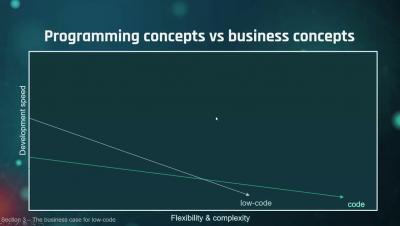The 7 Practices that Separate the Automation Leaders from the Laggards
Appian surveyed 500 senior banking and asset management executives from around the world about the drivers, challenges, and opportunities on the path to automation maturity. We classified survey respondents as either automation leaders, laggards, or part of the mainstream.







